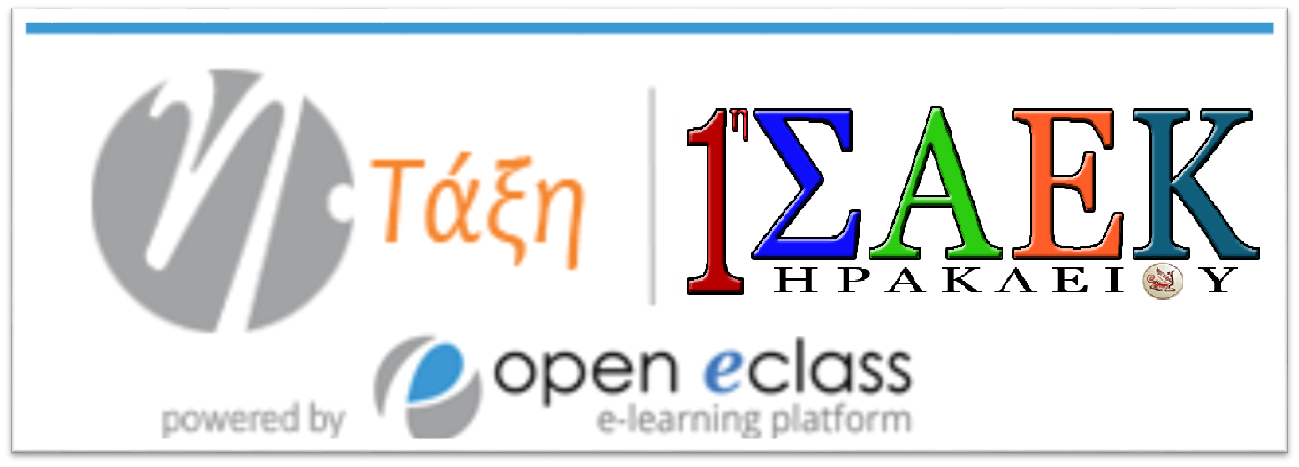How do I handle workers’ compensation premiums under accrual accounting? ZipBooks Help Center
This retiree benefit is considered to be part of the compensation package earned by employees while they are working. Again, accrual accounting and the matching principle require that the cost of this future insurance coverage be expensed (or assigned to manufactured products) during the years the employees are working by debiting an expense and crediting a liability. During the employees’ retirement years, the company’s payment for insurance will reduce the company’s liability and will reduce its cash.
- This account is classified as a current liability, since the liabilities it contains are typically due and payable in less than one year.
- (Reinsurers are insurance companies that insure other insurance companies, thus sharing the risk of loss.) Amounts due from reinsurance companies are categorized according to whether they are overdue and, if so, by how many days.
- For the year 2023, the employer’s portion of the Medicare tax is the same rate as the employee’s withholding—1.45% of every dollar of each employee’s annual wages and salary.
- As such, the costs of workers compensation can be considered as part of the overall labor costs of the business.
As such, the costs of workers compensation can be considered as part of the overall labor costs of the business. The cost of workers’ compensation insurance varies by the type of work performed, each employee’s annual pay, and the company’s experience rating. In other words, the cost of workers’ compensation insurance will be highest when the work performed is dangerous, the employees in those jobs have high annual pay, and the company has how to calculate gross income per month a history of many injuries. On the other hand, the workers’ compensation insurance cost will be very low for an office clerk who never enters the factory area. Workers’ compensation insurance is likely to be an insurance policy obtained by a company to cover the medical costs and lost wages for its employees’ work-related injuries and illnesses. In the U.S. each state determines the “worker comp” insurance that companies must provide.
Since these accruals are estimates, it is difficult to accrue these exactly, but if you are using the correct rates, your adjustment will be immaterial to your financials. If labor is up, the expense and accrual will also be higher, and the account will show an amount due. If labor is down, the expense and accrual will be lower than the prior year, and the account will show a refund is due to the company. If an employee is absent from work due to such things as illness or surgery, the company will pay the employee for the time missed. Employers generally set policies as to how sick days are to be used, and as to whether or not an employee is permitted to carry over unused sick days into subsequent years.
Join PRO or PRO Plus and Get Lifetime Access to Our Premium Materials
This method is also helpful for companies with a large first payment to bind coverage, say one third down on the premium estimate with two thirds being billed throughout the year. This is because workers compensation insurance is typically purchased as a separate policy from other business insurance policies. The amount you pay for workers’ compensation is a specific rate for every $100 of your payroll. Your premium is determined by the type of work done by your employees (classification rate), your experience modification rate (claims history), and payroll (per $100). Employer’s liability insurance, which is typically included in a workers’ comp policy, provides protection when an employee decides to sue the owner of a tax preparation company, financial advice firm, or other company.
- The cost of workers’ compensation insurance varies by the type of work performed, each employee’s annual pay, and the company’s experience rating.
- As with GAAP accounting, the balance sheet presents a picture of a company’s financial position at one moment in time—its assets and its liabilities—and the income statement provides a record of the company’s operating results from the previous period.
- Because you are getting refunds, I am assuming you are in a private insurance state.
- Premiums are driven by compensation, and refunds are a result of over-estimating future compensation expense.
- There are very few files where the adjuster would have a dollar amount of reserves in every indemnity category.
Premiums are driven by compensation, and refunds are a result of over-estimating future compensation expense. I would discuss the consistent overpayment with your insurance broker as there is no reason to be giving your carrier these interest-free loans. If you’re receiving a refund, then you overpaid (i.e. over expensed) during the course of the year.
Workers’ comp protects your financial experts
Reserves are adjusted, with a corresponding impact on earnings, in subsequent years as each case develops and more details become known. Workers compensation insurance payable is a liability account that contains the unpaid amount of insurance premiums owed by an employer to its workers compensation insurance provider. This account is classified as a current liability, since the liabilities it contains are typically due and payable in less than one year. The balance in this account tends to be low, since workers compensation insurance is typically payable in advance of the period to which it applies.
Accounting principles and practices outside the U.S. differ from both GAAP and SAP. Accounting is a system of recording, analyzing and reporting an organization’s financial status. In the United States, all corporate accounting and reporting is governed by a common set of standards, known as generally accepted accounting principles, or GAAP, established by the independent Financial Accounting Standards Board (FASB). The beginning of your insurance renewal period is the perfect time to update and double check that you are accurately accruing WC and GL expenses as the costs are incurred. To learn more on the accounting for post-retirement benefits, such as health insurance coverage, you are referred to an Intermediate Accounting text and/or to the Financial Accounting Standards Board’s website
Federal unemployment tax
Companies will receive a refund, or a bill based on whether they over or under paid during the year. Accruing items such as workers’ compensation (WC) and general liability (GL) insurance can be confusing due to rate changes, various time frames that the polices cover, worker classifications, and more. Luckily most construction specific accounting software can help ease the burden of manually calculating and accruing for the burdens if the software is utilized as intended. The following insights will help you record and accrue WC and GL insurance on an accurate and consistent basis.
More Answers to Frequently Asked Workers’ Comp Insurance Questions
Independent contractors, sole proprietors, and partners aren’t required to carry workers’ compensation insurance. However, it’s still a good idea to carry this policy for financial protection against work injuries, which health insurance might not cover. Let’s say that worker’s comp insurance is about 10% of wages and salaries for all employees that work on a factory floor. If a company’s wages and salaries for factory floor workers are $100,000, then $10,000 of the worker’s comp costs should be included as factory floor workers’ wages and salaries line item. The accurate statement of what the legal liability (reserve) is on a work comp file is often a challenge faced by the workers’ compensation claim adjuster.
US employers in states that do not have government-owned and operated funds will be able to set up their account and coverage options right as they set up their payroll account. It is a rare file where the amount of the total reserve and the final amount paid on the file are the same immediately before the claim file is closed. With this understood, it is still the adjuster’s responsibility to keep the reserves on the claim file as accurate as possible. Many companies pay their permanent employees for holidays such as New Year’s Day, Memorial Day, July 4th, Labor Day, Thanksgiving, and Christmas. It is also common for employees to earn one week of vacation after one year of service. Many employers give their employees two weeks of vacation after three years of service, with more weeks given after 10 years of service.
This is why we’re continuously investing in building more features and functionality for employers to help them run payroll with ease and bring peace of mind come payday. In addition to offering simplified payroll tax payments, easy scheduling, and integrated tools, we’re happy to introduce Workers’ Compensation for our U.S employers to help you cover your business in case of a crisis. The Securities and Exchange Commission (SEC) requires companies that file financial statements with them to follow GAAP or IFRS depending on whether they are U.S. issuers or foreign private issuers. Over time, the FASB has evaluated and to some extent aligned their standards with International Financial Reporting Standards (IFRS) through a joint project or have decided to in other cases to not align them.
If a state has an unemployment tax rate of 4% and an unemployment wage base of $14,000, it means that the employer’s maximum payment for each employee will be $560 per year. The state unemployment tax rate is applied to each employee’s wages up to the state unemployment wage base, which could be $7,000 per year in one state and $30,000 in another state. You should remember that there is a difference between financial reporting and management reporting. However, I usually encourage breaking it down as detailed as possible (separate line items) when it comes to how it is recorded in the GL as it is easier to just pick out the line items for management reporting. Having said that, I also encourage management reporting to be as close as possible to financial reporting.
Workers’ compensation insurance can pay for an injured employee’s medical expenses and partial missed wages. It can also protect the employer if an employee files a lawsuit related to workplace negligence. If the claim file reserves are too high, the dollar amounts the underwriter uses to calculate future insurance premiums are overstated causing the insurance premiums to be higher than it should be. When the reserves are set too low, an upward adjustment in the reserve amount has to be made in order to pay the correct amount when the claim is settled/concluded. Then at the end of your insurance coverage period, there is an audit to determine what the actual amount of WC and GL should have been.








